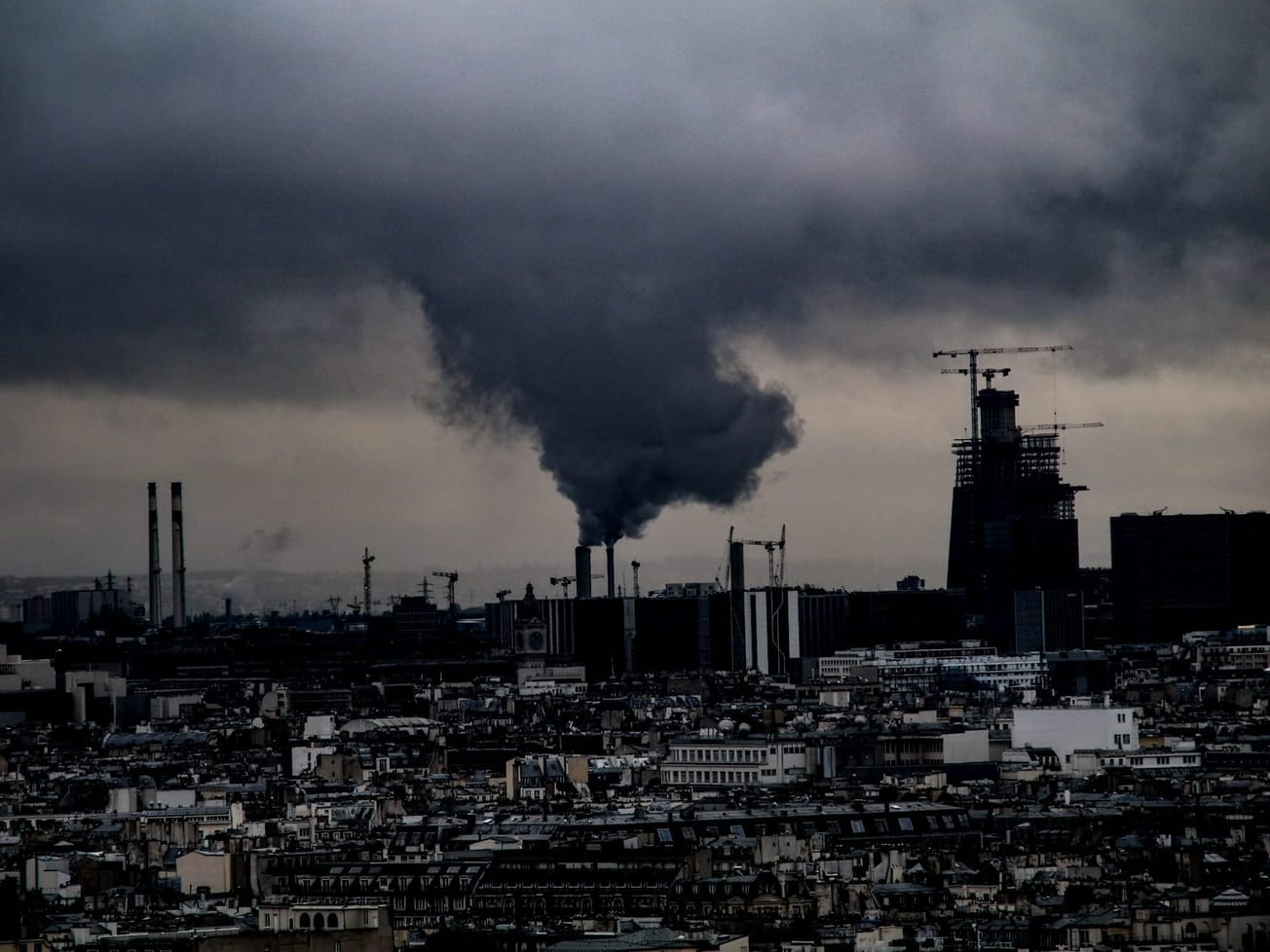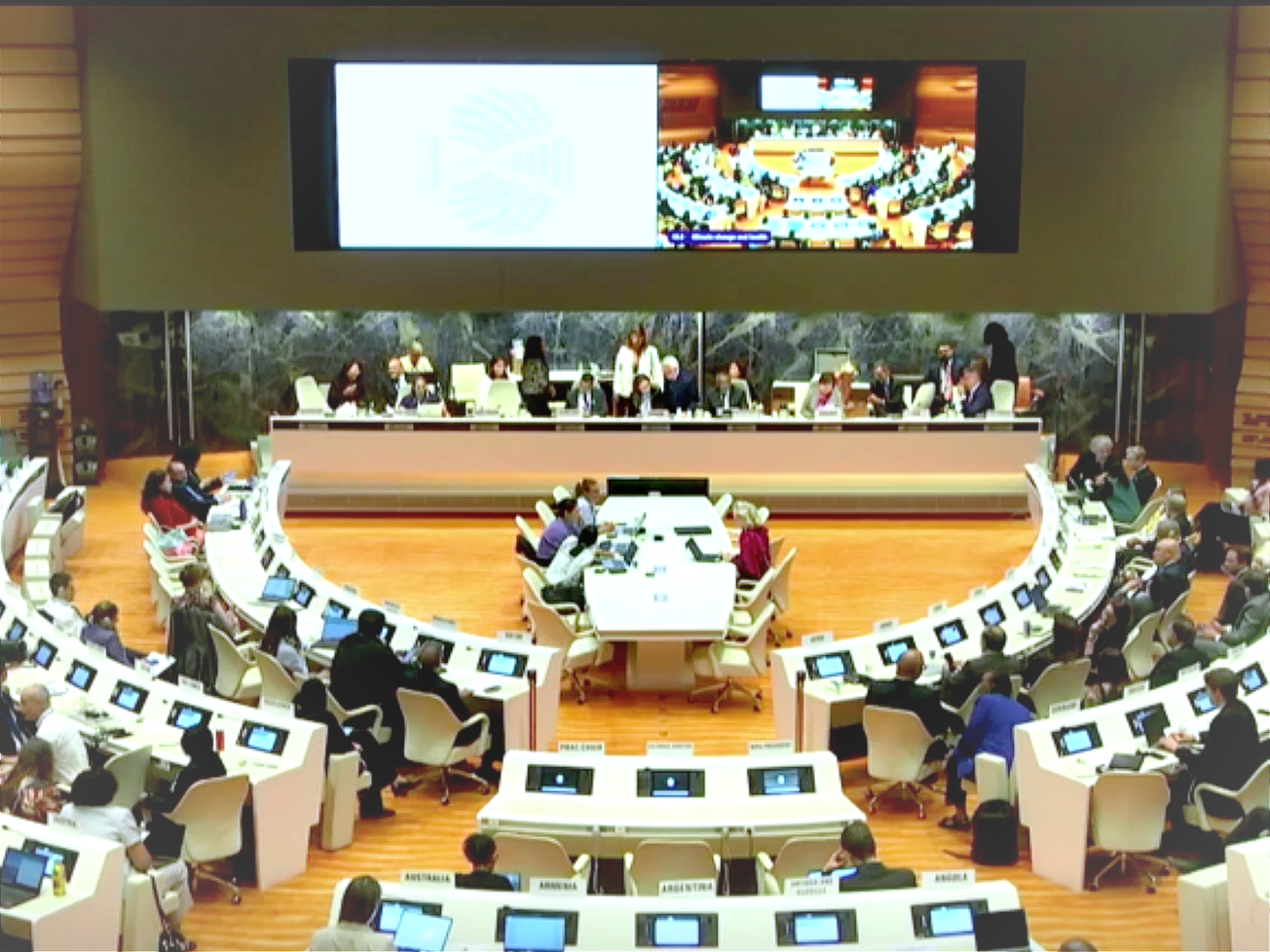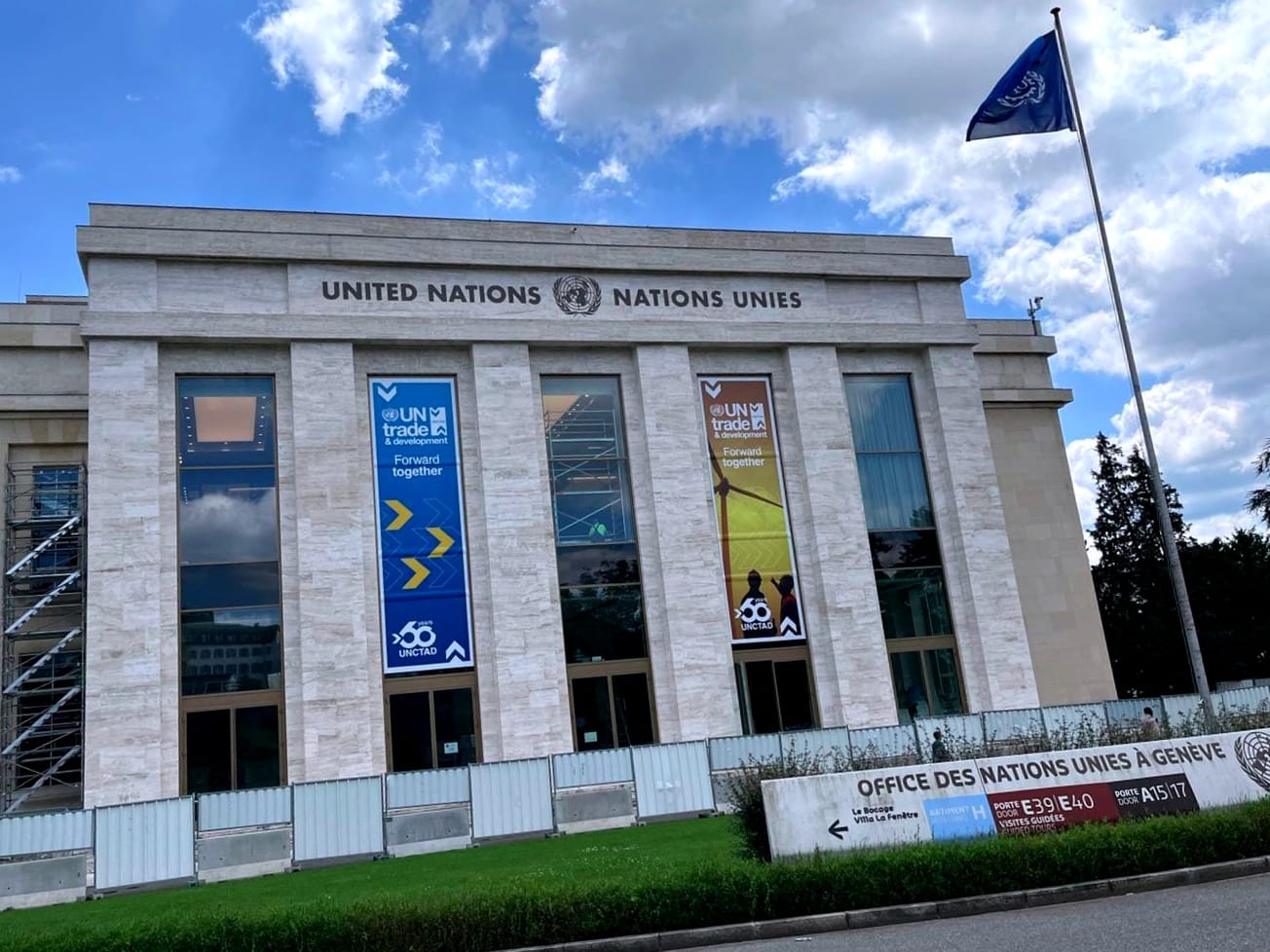BERN, Switzerland (AN) – Just 10 of the 134 countries, regions, and territories that reported data from air quality monitoring stations met the U.N. health agency's guidelines for fine particle pollution last year.
The findings on small particles that can penetrate deep into the lungs were contained in a report on Tuesday by IQAir, a Swiss-based air quality technology firm that analyzed data on particulate matter known as PM2.5 from 30,000 air quality monitoring stations across more than 7,800 cities.







